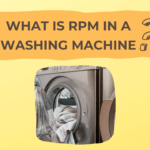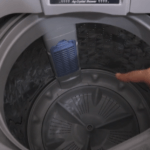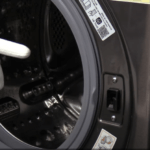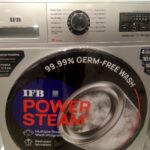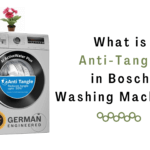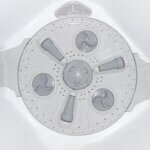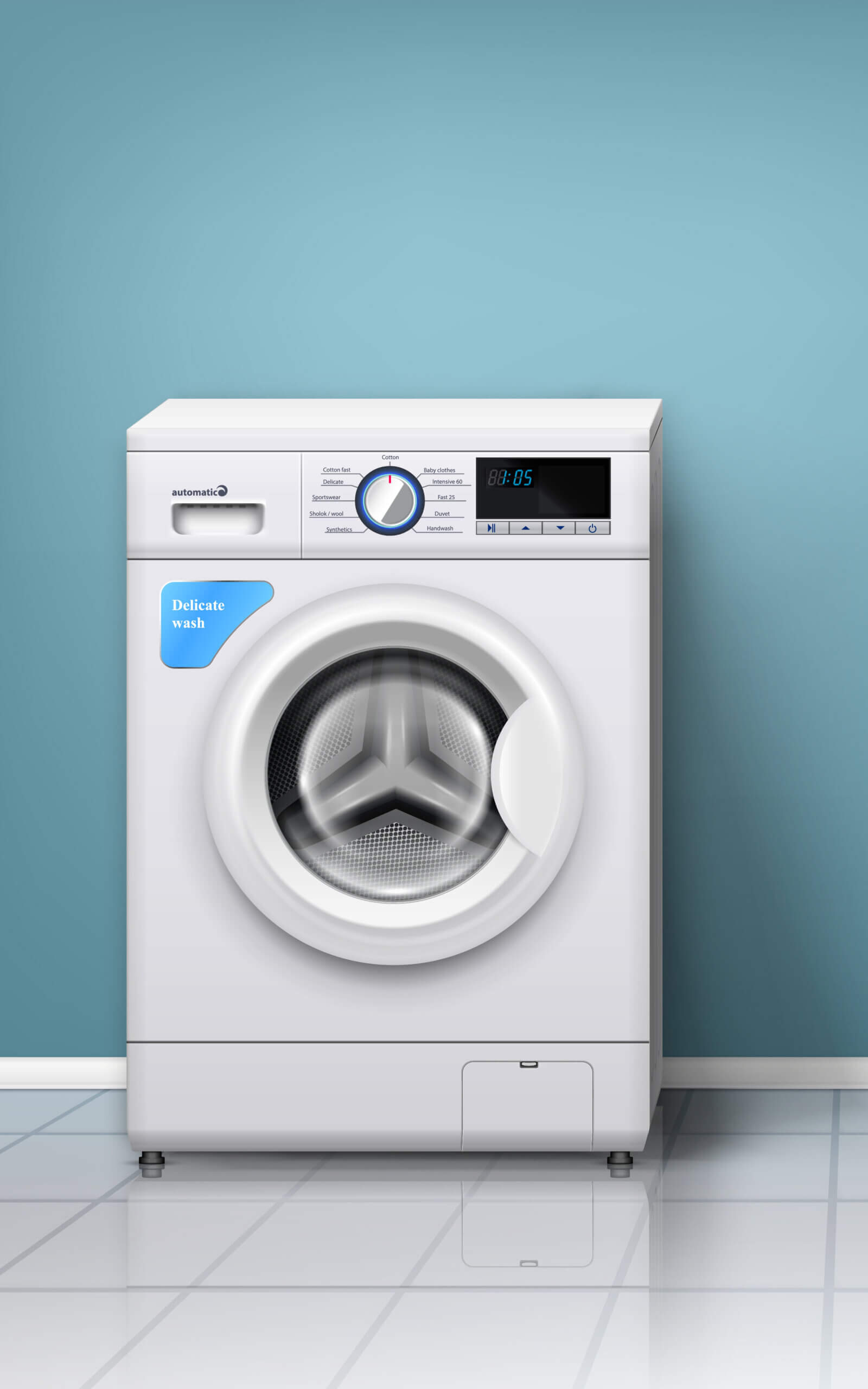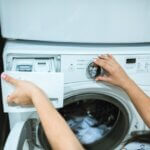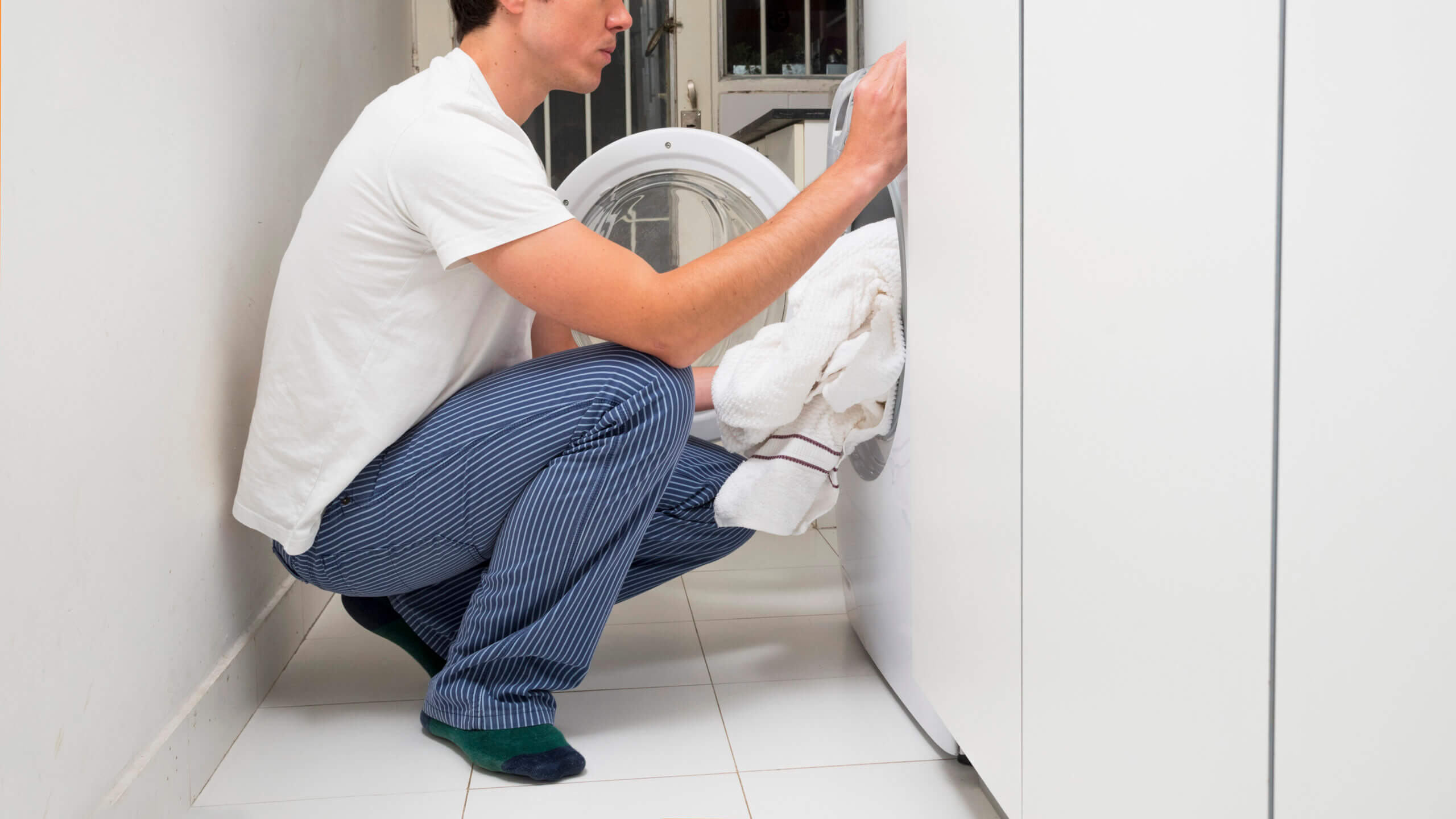Difference Between Semi Automatic and Fully Automatic Washing Machine – In-depth explanation
Synopsis
The main difference between semi-automatic and fully-automatic washing machines is that semi-automatic machines require manual intervention for tasks like transferring clothes between wash and rinse tubs and water management, whereas the fully-automatic machines operate with full automation, handling these tasks automatically for greater convenience.
Introduction
If you’ve ever wondered how washing machines work their magic to keep our clothes clean and fresh, you’re in for an exciting journey.
In this article, we’ll explore the key differences between “semi-automatic” and “fully automatic” washing machines.
Don’t worry; we’ll break it down step-by-step in simple terms, so you can make an informed decision for your laundry needs.
- Synopsis
- Introduction
- Introduction:
- What is Semi Automatic Washing Machine?
- What is Fully Automatic Washing Machine?
- Difference Between Semi Automatic and Fully Automatic Washing Machine
- At a Glance – Difference Between Semi Automatic and Fully Automatic Washing Machine
- Types of Front-loading Washing Machines
- Difference Between Front Load and Top Load
- Conclusion
- Frequently Asked Questions (FAQs)
- More Resources to Help You
Introduction:
Washing machines have undoubtedly become an indispensable appliance in most households.
Their time-saving abilities and efficiency in keeping our clothes clean and fresh have made them a must-have for any modern home.
However, with many options available in the market, it can be quite challenging to choose the perfect one that suits your needs.
In this comprehensive blog post, we are here to help you make an informed decision by comparing and contrasting two popular types of washing machines: the semi-automatic and the fully automatic.
By the end of this guide, you will gain a clear understanding of their features, advantages, and disadvantages, empowering you to choose the ideal washing machine tailored to your unique requirements.
WHAT’S YOUR CHOICE?
What is Semi Automatic Washing Machine?
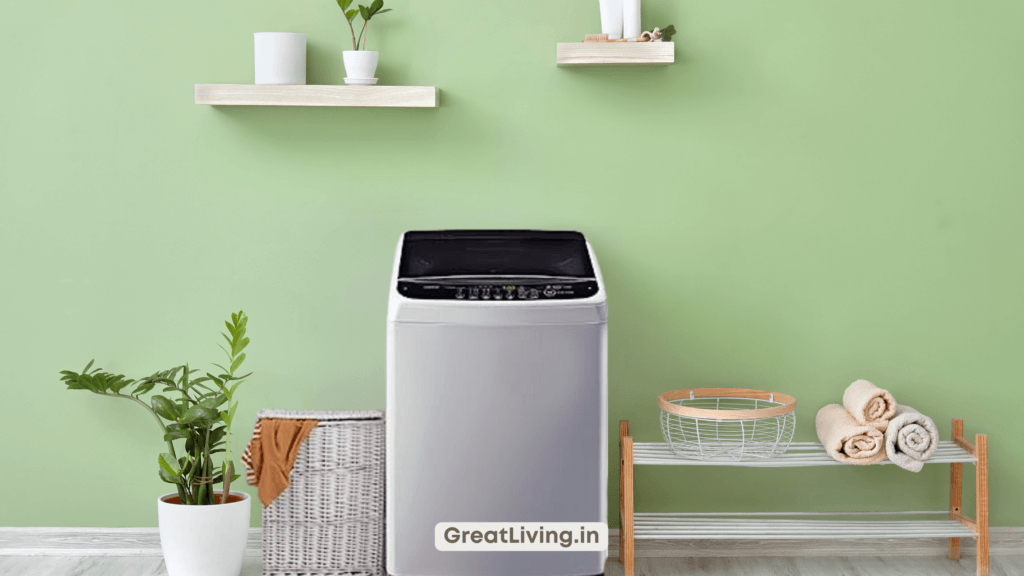
Semi-automatic washing machines are the older and more basic type of washing machine.
They feature two separate tubs—one for washing and another for drying.
To use a semi-automatic washing machine, you’ll be required to manually transfer your clothes from the washing tub to the drying tub once the wash cycle is complete.
Semi-automatic washing machines stand out with their budget-friendly price tags and remarkable water efficiency.
However, it’s essential to note that using semi-automatic machines can be more time-consuming due to the manual involvement of transferring clothes between tubs.
Advantages of Semi-Automatic Washing Machines
- They are water-saving superheroes, which is great for the environment and your pocket!
- Faster washing cycles mean you spend less time waiting for laundry to be done.
Disadvantages of Semi-Automatic Washing Machines
- You need to be a bit involved, in moving clothes from washing to drying.
- Some models might be heavier and take up more space.
What is Fully Automatic Washing Machine?

Now, let’s delve into the marvel of fully automatic washing machines.
These advanced appliances feature a single tub that handles the entire washing process in one seamless cycle—washing, rinsing, and drying.
To operate a fully automatic washing machine, you only need to add the detergent, and then select the desired cycle.
While fully automatic washing machines tend to be more expensive upfront, their convenience is unparalleled.
Say goodbye to manual transfers—these machines handle it all for you, allowing you to focus on other chores or enjoy your free time.
Additionally, fully automatic machines are more energy-efficient, using less water and electricity, which can translate into long-term savings.
Advantages of Fully Automatic Washing Machines:
- They are incredibly easy to use, requiring minimal effort on your part.
- Some fully automatic models are gentle on your clothes, ensuring they last longer.
Disadvantages of Fully Automatic Washing Machines:
- They might use slightly more water compared to semi-automatic models.
- Washing cycles can be longer, but you have more time for other activities.
WHAT’S YOUR CHOICE?
Difference Between Semi Automatic and Fully Automatic Washing Machine
Semi-automatic and fully-automatic washing machines are two common types of washing machines available in the market, each with its own set of features and advantages. Understanding the differences between these two types of machines can help you make an informed decision when buying a washing machine for your home.
Operation
- Semi-Automatic Washing Machine: These machines require some manual intervention during the washing process. They typically have two separate tubs, one for washing and the other for rinsing. You need to transfer the clothes manually from the washing tub to the rinsing tub once the washing cycle is complete. Additionally, you need to fill the machine with water manually and drain the water manually after each cycle.
- Fully-Automatic Washing Machine: These machines are more advanced and operate without manual intervention. They have a single drum for both washing and rinsing. You simply need to load the clothes, add detergent, select the wash cycle, and the machine takes care of the rest, including filling and draining water.
Convenience
- Semi-Automatic Washing Machine: While they require some manual effort, semi-automatic machines do offer the advantage of allowing you to control the water level and the duration of each cycle. This can be useful if you have specific requirements for certain types of clothes or stains.
- Fully-Automatic Washing Machine: These machines are more convenient and user-friendly. You don’t need to monitor the washing process or perform manual tasks like transferring clothes or draining water. They are a time-saver and are more suitable for people with busy lifestyles.
Water and Energy Efficiency
- Semi-Automatic Washing Machine: These machines tend to be less water and energy-efficient compared to fully-automatic machines. This is because you have more control over the water level, and manual intervention may result in using more water than necessary.
- Fully-Automatic Washing Machine: Fully-automatic machines are designed to be more efficient in terms of water and energy consumption. They automatically adjust the water level and wash cycle duration based on the load size and fabric type, which can help save resources in the long run.
Cost
- Semi-Automatic Washing Machine: Typically, semi-automatic washing machines are more affordable upfront compared to fully-automatic models. They are a budget-friendly option for those looking to buy a washing machine without spending too much.
- Fully-Automatic Washing Machine: Fully-automatic washing machines are generally more expensive than semi-automatic ones due to their advanced features and automation.
Space and Size
- Semi-Automatic Washing Machine: Semi-automatic machines usually come in smaller sizes and are more compact, making them suitable for smaller living spaces. They are also lighter and easier to move.
- Fully-Automatic Washing Machine: Fully-automatic machines are often larger and heavier. They require a dedicated space in your home and are less portable.
Wash Quality
- Semi-Automatic Washing Machine: The wash quality can vary depending on how well you manually transfer clothes and manage the water level. It may not be as consistent as that of fully-automatic machines.
- Fully-Automatic Washing Machine: These machines tend to offer more consistent and reliable wash quality because of their automated features and precise control over wash parameters.
In summary, the choice between a semi-automatic and fully-automatic washing machine depends on your priorities, budget, and the level of convenience you desire. Semi-automatic machines offer more control but require more manual effort, while fully-automatic machines are more convenient and efficient but are generally more expensive. Consider your specific needs and preferences when making your decision.
At a Glance – Difference Between Semi Automatic and Fully Automatic Washing Machine
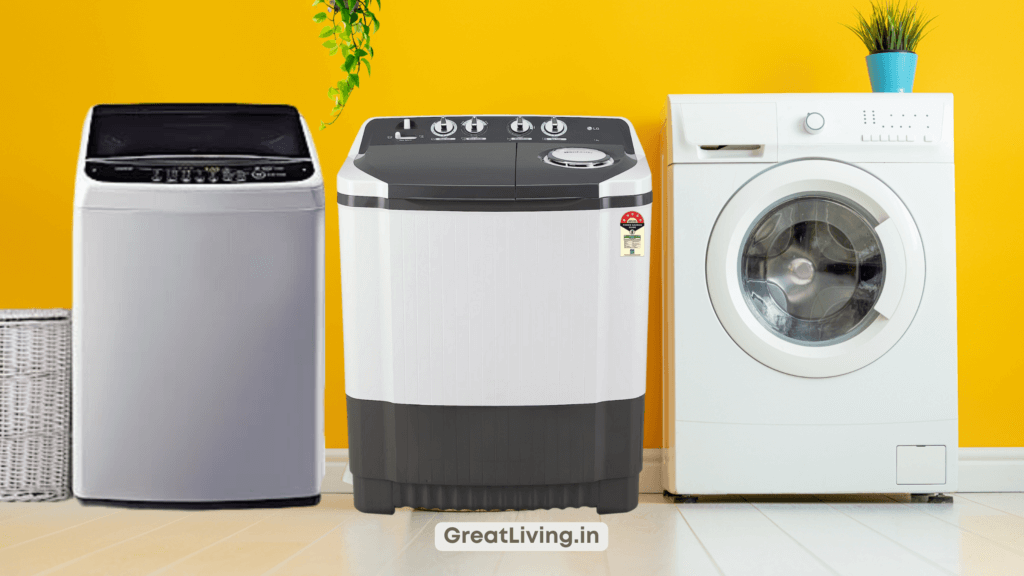
This table provides a quick overview of the main distinctions between the two types of washing machines to help you make an informed decision based on your needs and preferences.
| Aspect | Semi-Automatic Washing Machine | Fully-Automatic Washing Machine |
|---|---|---|
| Operation | Requires manual intervention | Fully automated |
| Convenience | Less convenient | More convenient |
| Water and Energy Efficiency | Less efficient | More efficient |
| Cost | Typically more affordable | Generally more expensive |
| Space and Size | Smaller and more compact | Larger and less portable |
| Wash Quality | Variable depending on manual handling | More consistent and reliable |
WHAT’S YOUR CHOICE?
More Resources to Help You
For more expert advice and in-depth recommendations on the best washing machines in the market, check out our other informative blog posts:
6 Best Front Load Washing Machines Under 30000: A buyer’s guide
Best Front Load Washing Machine in India 2023
Best Impeller Top Load Washer in India 2023
Difference Between Semi Automatic and Fully Automatic Washing Machines
Best Semi Automatic Washing Machine in India
How Much Water does Front Load Washing Machine Use?
Front Load Washing Machine Buying Guide – India – 2023
Which Washing Machine is better – Semi or Fully Automatic (2023)?
How to Select Washing Machine Capacity in 2023?
Pros and Cons of Top Load and Front Load Washing Machines India 2023
Types of Front-loading Washing Machines
There are two main types of fully automatic washing machines: front-loading and top-loading.
Front-loading washing machines have a door on the front of the machine while top-loading washing machines have a door on the top of the machine.

Difference Between Front Load and Top Load

Let’s quickly compare the front-load washing machines with top-load washing machines.
Front-loading washing machines are typically more energy-efficient than top-loading washing machines.
They also use less water, as the clothes are not submerged in water during the entire wash cycle.
However, front-loading washing machines can be more expensive than top-loading washing machines.
Top-loading washing machines are typically less expensive than front-loading washing machines.
They are also easier to load and unload, as you do not have to bend over to reach the clothes.
However, top-loading washing machines are not as energy-efficient as front-loading washing machines.
Conclusion
Now that you are familiar with the characteristics of both semi-automatic and fully automatic washing machines, the decision ultimately comes down to what matters most to you.
If you seek an affordable option, the semi-automatic washing machine may be your perfect match.
On the other hand, if convenience and time-saving features are your priority, the fully automatic washing machine might be the way to go.
WHAT’S YOUR CHOICE?
We have carefully curated top-notch options to help you find your dream washing machine that fits your lifestyle and ensures hassle-free laundry days.
Let’s make laundry a breeze together! Happy washing!
Frequently Asked Questions (FAQs)
The primary difference lies in their operation. Semi-automatic washing machines have two separate tubs for washing and drying, and you need to transfer clothes manually between the two.
On the other hand, fully automatic washing machines have a single tub that handles the entire washing process, from washing to rinsing and even drying, without any manual intervention.
Yes, generally, semi-automatic washing machines are more budget-friendly compared to fully automatic machines.
They tend to be more affordable upfront, making them an attractive option for those looking for cost-effective laundry solutions.
Yes, fully automatic washing machines are more energy-efficient. They use less water, which means less energy is required to heat the water.
Additionally, the single-tub design allows for more efficient washing and drying processes, resulting in energy savings.
Absolutely! Fully automatic washing machines offer a higher level of convenience as they require minimal manual intervention.
Once you load your clothes, detergent, and water, you can relax and let the machine take care of the rest, making laundry day a breeze.
Yes, semi-automatic washing machines have their benefits too. They allow you to control the washing process and water usage, which can be advantageous if you want to be environmentally conscious.
Additionally, they can be faster in terms of washing cycles, saving you time.
Yes, fully automatic washing machines, especially front-load models, are designed to be compact and suitable for small spaces. Their single-tub design allows for space-saving installation in apartments or laundry areas with limited room.
Yes, fully automatic washing machines offer the convenience of delayed start or timer settings. You can set the machine to run at a specific time, even when you’re not around, making it easy to plan your laundry according to your schedule.
Fully automatic washing machines are designed to offer excellent washing performance. With various washing programs and advanced technologies, they can provide a gentler and more thorough washing experience, ensuring your clothes come out cleaner and fresher.
For a large family with frequent laundry needs, a fully automatic washing machine might be a more suitable choice. Its convenience and capacity to handle larger loads efficiently can save time and effort in managing laundry for a busy household.
Remember, each type of washing machine has its unique features and advantages.
Choosing the right one depends on your specific requirements, budget, and lifestyle.
We hope these FAQs have helped you understand the difference between semi-automatic and fully automatic washing machines, making it easier for you to make an informed decision for your laundry needs. Happy washing!
About Author
You can ‘meet your author’ on the About Author page here.
TRENDING NOW
- What Is RPM in a Washing Machine?
- Why Front Load Washing Machines Are Expensive?
- How to Clean a Top Loader Washing Machine?
- How to Clean an LG Front Loading Washing Machine?
- What is Front Load Washing Machine?
- What is Anti-Tangle in Bosch Washing Machine?
- Do Impeller Washers Tangle Clothes?
- What Is Pulsator in Washing Machine?
- What is Cradle Wash in IFB Washing Machine?
- How To Load a Front Load Washing Machine?
- Best Semi Automatic Washing Machine in India
- Best Front Load Washing Machine in India 2023
- Best Impeller Top Load Washer in India 2023
- How Much Water does Front Load Washing Machine Use?
- How to use Front Load Washing Machine? India 2023
- Front Load Washing Machine Buying Guide – India – 2023
- Which Washing Machine is better – Semi or Fully Automatic in 2025?
- How to Select Washing Machine Capacity in 2023?
- Pros and Cons of Top Load and Front Load Washing Machines India 2023
- Difference between Top Load and Front Load – India (2023)?

